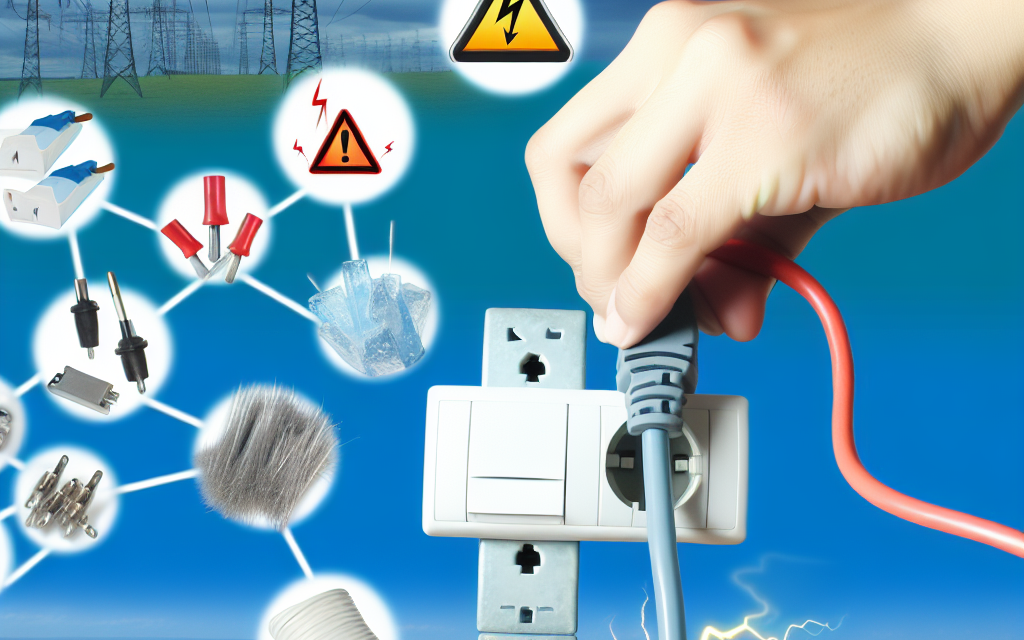Essential Guide to Electrical Power System Protection
Electrical power systems are the backbone of modern infrastructure. However, ensuring their reliability requires a solid understanding of protection systems. Among the various topics in power system knowledge, Electrical Power System Protection: Devices & Design stands out. It delves into the intricacies of electrical protection, ensuring safety, efficiency, and longevity in electrical systems.
Understanding Electrical Power System Protection
At its core, electrical power system protection involves methods and devices used to detect and isolate faults within an electrical network. This protective mechanism prevents damage to equipment and minimizes the risk of hazards. To grasp its significance, consider the consequences of neglecting protection. Equipment failures can lead to extensive downtime and costly repairs, impacting operational efficiency.
The Importance of Reliable Protection
As technology advances, the complexity of electrical systems increases, making protection more crucial than ever. An article discussing reliability highlights essential training for mastering these protection mechanisms. You can read more about it here. The insights provided not only guide professionals but also bridge gaps in understanding essential components.
Key Devices Used in Protection Systems
Various devices play pivotal roles in the protection of electrical systems. These include:
- Relays: These devices monitor electrical conditions and initiate corrective actions when faults occur.
- Circuit Breakers: They provide automatic interruption of current flow during faults to prevent system damage.
- Fuses: Designed to dissolve under overload conditions, fuses serve as a crucial barrier against overcurrent.
Utilizing these devices effectively enhances the reliability of electrical systems. For instance, when relays are applied correctly, they can respond almost instantaneously to potential faults.
Designing Effective Protection Systems
Designing an effective electrical protection system involves careful planning and consideration. It’s essential to evaluate various factors such as system configuration, fault currents, and environmental conditions. Furthermore, you can explore a detailed overview of mastering energy management and integration through this resource: Mastering SAP Basics and Business Process Integration.
Integration with Existing Systems
Integrating protection devices with existing electrical systems can be challenging, yet rewarding. Proper integration ensures that the overall system operates seamlessly. Moreover, understanding the hidden costs associated with constant availability is vital for budgeting effective protection strategies. Read about this in The Hidden Price of Always Being Available, to gain insights into resource management.
FAQs
What is electrical power system protection?
Electrical power system protection involves methods and devices used to safeguard electrical systems against faults, ensuring they operate safely and efficiently.
Why is it important to have reliable protection in electrical systems?
Reliable protection minimizes the risk of equipment damage, enhances safety, and ensures continuous operation, thereby reducing downtime and maintenance costs.
What are the primary devices used for protection?
Primary devices include relays, circuit breakers, and fuses, each serving specific roles in detecting and isolating faults to prevent damage.
Conclusion
In summary, mastering electrical power system protection is paramount for anyone involved in electrical engineering. It combines theoretical knowledge with practical applications, making it essential for ensuring reliability and efficiency. With protection systems in place, electrical networks can be safeguarded against unforeseen faults, ultimately leading to improved system performance. To learn more about specialized training programs, check out Become a Certified Advanced Project Management Professional.





